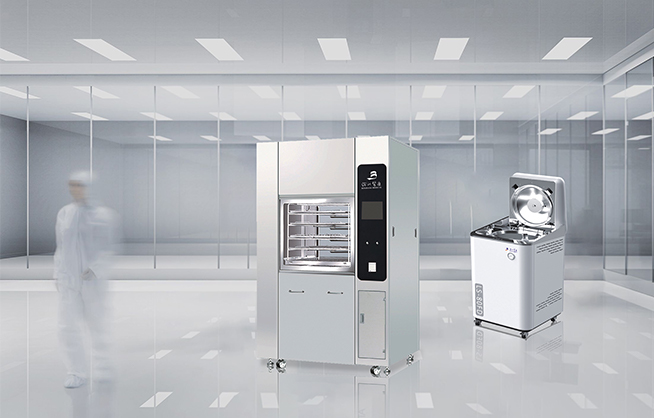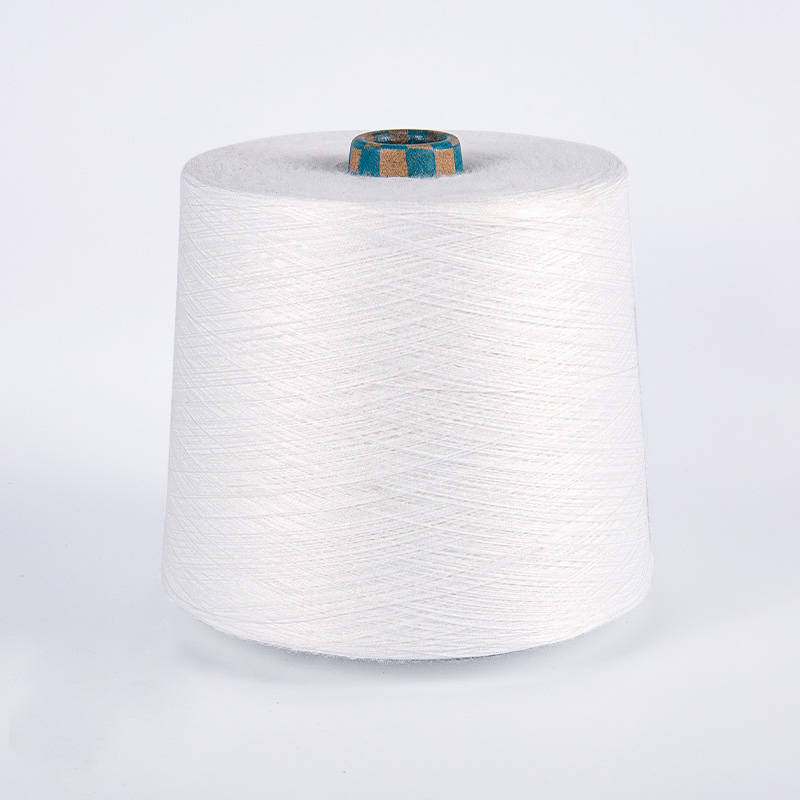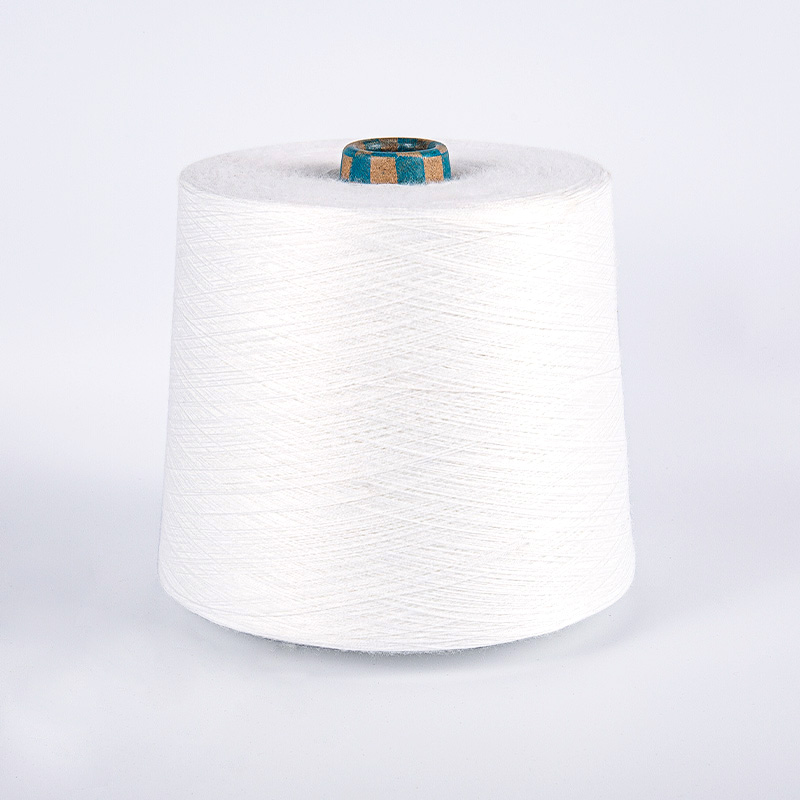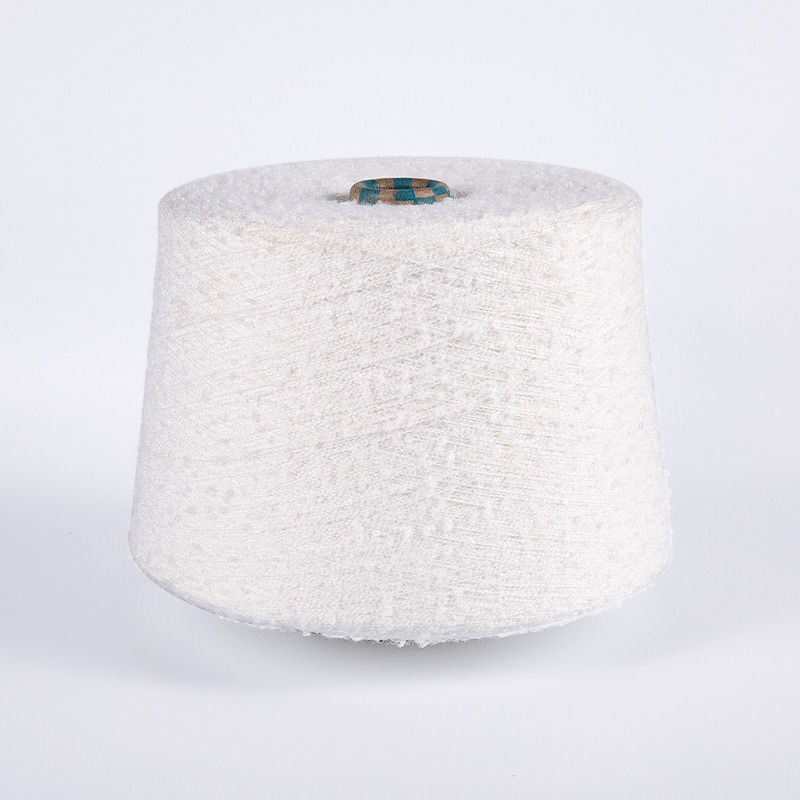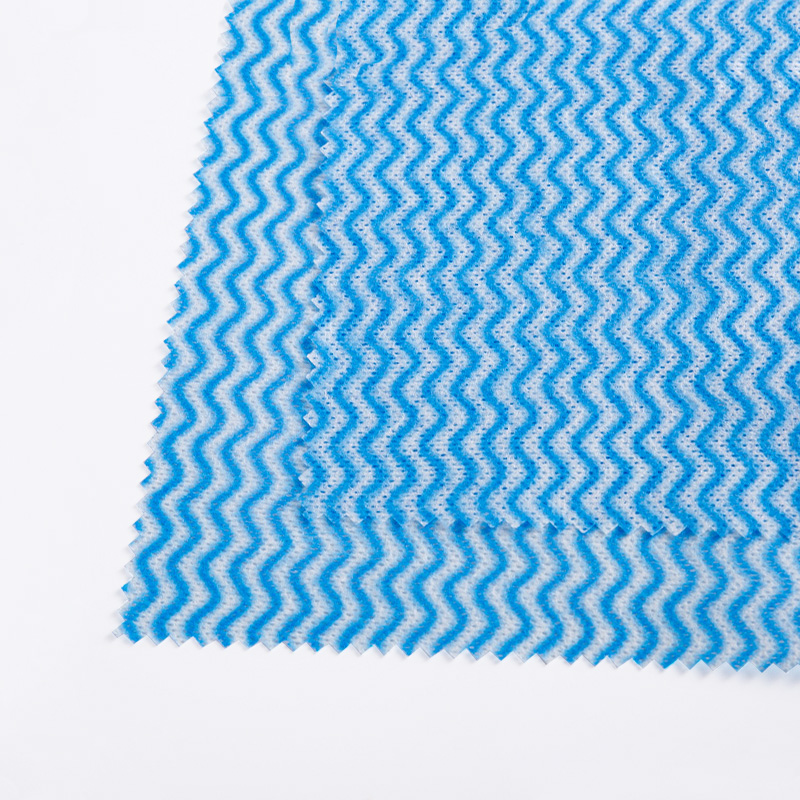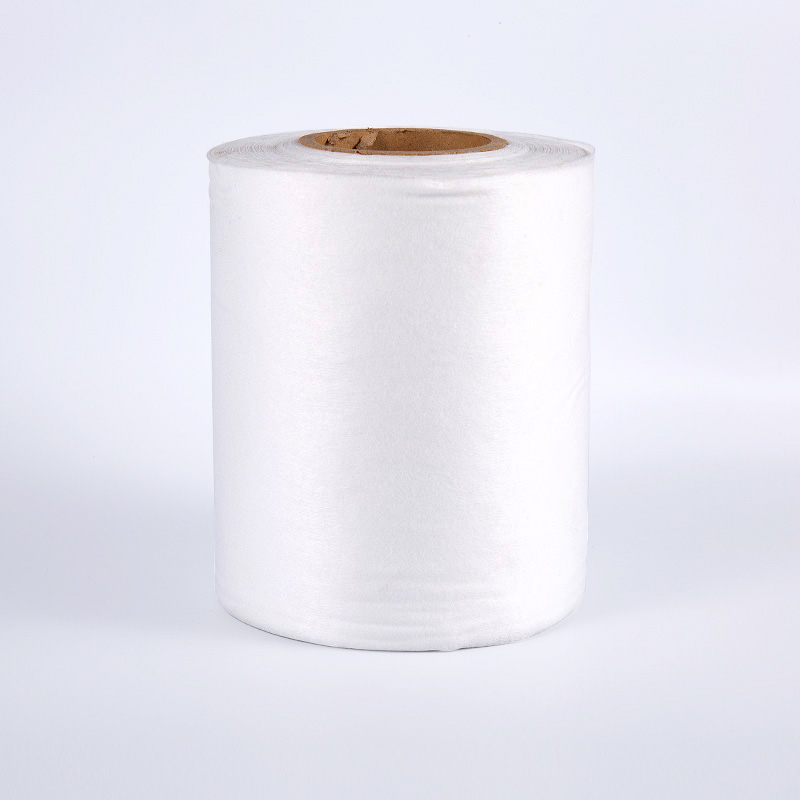
Spunlace Nonwoven Fabric Technology Analysis: New Industrial Opportunities for Soft, Eco-Friendly Materials
Posted by Admin | 08 Sep
With the ever-increasing demand for modern textile materials, spunlace nonwoven fabric, with its unique technological advantages and environmentally friendly properties, is becoming a new favorite in the nonwovens industry. Whether in medical, personal care, or industrial applications, spunlace nonwovens demonstrate broad market potential and development prospects.
Definition and Core Technology of Spunlace Nonwoven Fabrics
Spunlace nonwovens are a type of nonwoven material created by entangled fibers through high-pressure water jets. Unlike traditional dry-laid or wet-laid nonwovens, the spunlace process eliminates the use of adhesives, instead using the mechanical action of water jets to firmly bond the fibers. This process not only ensures the fabric's softness and breathability, but also makes it exceptionally environmentally friendly.
The core technology lies in controlling the water jet pressure, jet pattern, and fiber layer stacking structure. High-precision water jets precisely adjust the degree of fiber entanglement, resulting in a soft and uniform finished fabric surface while meeting varying strength and thickness requirements. This technological advantage makes spunlace nonwovens competitive in a variety of applications.

Analysis of the Production Process of Spunlace Nonwovens
The production process of spunlace nonwovens primarily involves fiber preparation, web laying, pressurized hydroentanglement, and winding. The fiber preparation stage ensures the uniformity and cleanliness of the raw materials, while the web laying stage forms a preliminary nonwoven web. Pressurized hydroentanglement is the core step, where high-pressure water jets entangle the fibers, creating a fabric with a certain strength and softness.
In terms of process control, water pressure, nozzle design, fiber layer thickness, and temperature regulation are all key parameters. This meticulous control optimizes the density and softness of the fabric while ensuring water absorption and abrasion resistance. Intelligent upgrades to production equipment have also improved production efficiency and product stability, enabling spunlace nonwovens to meet the stringent quality requirements of high-end medical and personal care applications.
Performance Advantages of Spunlace Nonwovens
Spunlace nonwovens, thanks to their unique process structure, offer numerous performance advantages. Firstly, softness and comfort. The fibers are interwoven rather than chemically bonded, resulting in a smooth, gentle feel. Secondly, it boasts high strength and abrasion resistance. The fiber network structure remains stable despite stretching and friction, extending its service life. Furthermore, its excellent breathability and water absorption make it a valuable material for wet wipes, personal care products, and filter materials.
Environmental friendliness is also a key advantage of spunlace nonwovens. The production process eliminates the need for large amounts of chemical adhesives, reducing the environmental impact. Combined with biodegradable fiber materials, spunlace nonwovens offer significant advantages in green manufacturing and sustainable development. For this reason, spunlace nonwovens have become the preferred environmentally friendly material for many high-end applications.
Applications of Spunlace Nonwovens
Spunlace nonwovens are widely used in a variety of industries, including healthcare, personal care, and industry. In the medical field, its soft, breathable, and non-irritating properties make it a key material for surgical gowns, masks, and protective gear. In the personal care sector, baby wipes and skincare products utilize spunlace nonwovens extensively for enhanced comfort and safety. In the industrial sector, its adjustable structure and high strength make it suitable for filter materials, packaging liners, and high-performance wipes.

With the growing demand for functional materials, spunlace nonwovens are developing towards high-value-added, customized products. By varying fiber types, adjusting entanglement density, and incorporating functional coatings, spunlace nonwovens can achieve diverse properties such as water repellency, antibacterial properties, and oil absorption, meeting diverse market demands.
Spunlace nonwovens, with their unique process advantages, excellent performance characteristics, and broad application prospects, are becoming a key development direction in the nonwovens industry. Their widespread use in medical, personal care, and industrial applications, coupled with their environmentally friendly, soft, and functional qualities, makes them highly competitive in the market. With continuous technological advancements and expanding market demand, the spunlace nonwovens industry is poised for even greater opportunities, worthy of in-depth attention and strategic planning by industry professionals.
+86-18058809000
+86-571 86218111



 English
English 中文简体
中文简体
